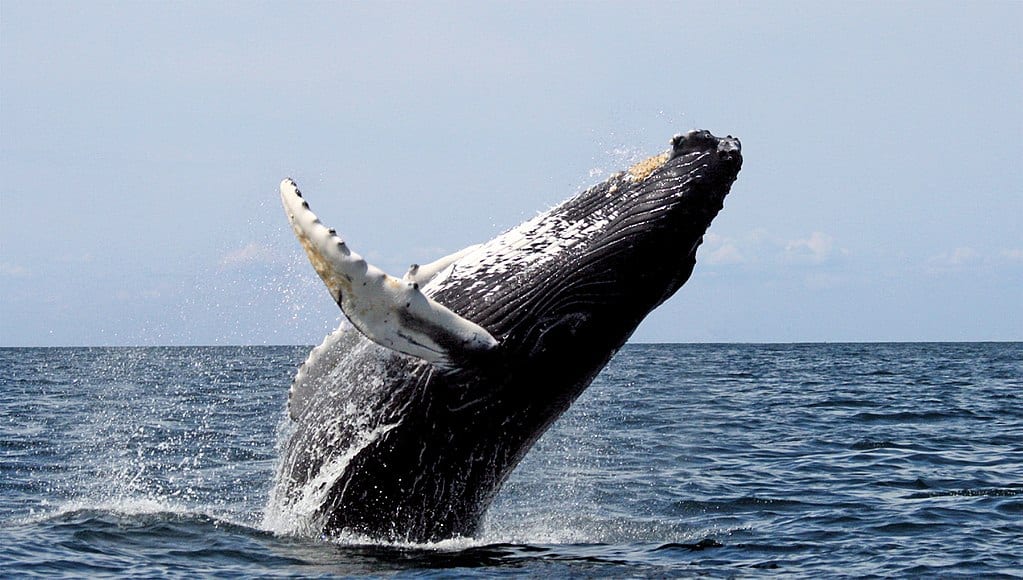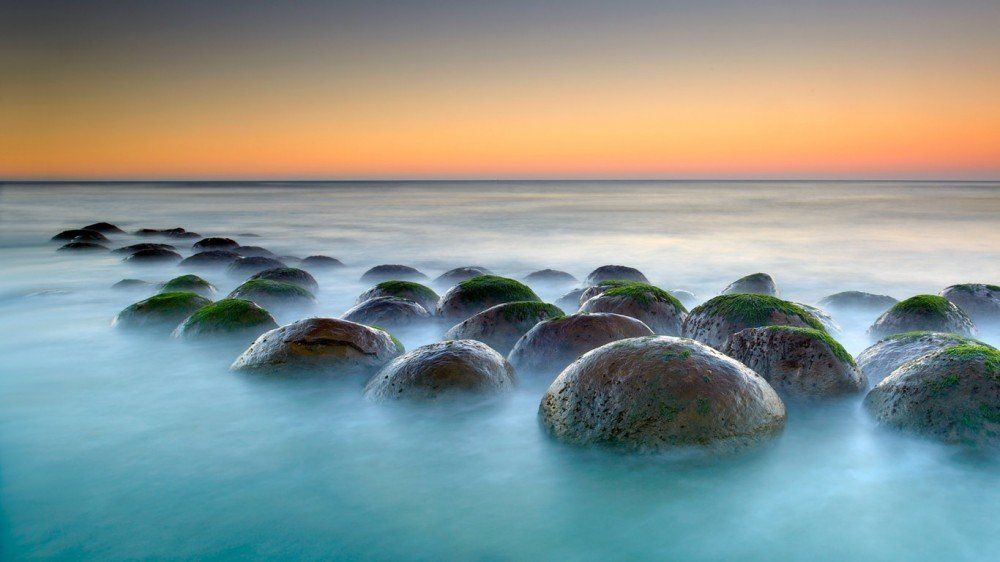Gualala - "Where the water flows down",
Gualala - It's a name that's hard to pronounce and even harder to spell. Sometimes it's hard to remember. Some people call it gwa-LA-la, but the natives call it wa-LA-la. This comes from the Kashaya Pomo Indian phrase, "ah kha wa la lee" which means, "Where the water flows down", which makes sense--for the river goes out to the ocean right across from the center of town, right by that big sand bar where the whales stop for lunch every year.
The Kashaya, the first people known to have lived in the area that is now Fort Ross, still live in this region. The local native people consider their name to be “People From the Top of the Land.” The name Kashaya, which means “expert gamblers,” was given to them by a neighboring Pomo group. The Kashaya are one of seven individual groups of people who speak what linguists have labeled as the Pomoan languages.
The Kashaya occupied lands extending about thirty miles from the Gualala River in the north to Duncan’s Point a few miles south of the Russian River. West to east, the Kashaya territory reached from the Pacific coastline over four coastal ranges, down the Warm Springs Creek to the confluence of Dry Creek, some thirty miles inland. The important old village site of Metini situated near the Russian fort was central to the Kashaya territory. The population of pre-contact Kashaya is estimated to have included 1,500 persons living in large villages over the different environmental zones within their territory.
The Kashaya excel in the arts and technologies. They have created a wide variety of tools, utensils, basketry, and objects of personal adornment which reflects a high degree of technical knowledge, design and artistic ingenuity. Their basketry, a ritual art, has achieved extraordinary respect. Their art incorporates stone, bone, shell, horn, fibers and feathers in unique designs. Samples of their work is on display at Gualala point park.
Following the Russian departure, Mexican and American settlers entered the coastal lands in growing numbers. Great changes occurred in the Kashaya way of life. No longer could they travel freely over the landscape, for the land became private property. Access to traditional resource areas became more difficult, forcing the Kashaya to become wage earners. Fortunately, relations between the Kashaya and the new settlers at and near Fort Ross were better than in other parts of Sonoma County. Kashaya life, consequently, changed more gradually than did the lifestyle of other tribes.
From the 1870s the Kashaya lived mainly in two villages located on the property of Charles Haupt, about five miles and two ridges inland from Stewarts Point. Haupt was a rancher who had married a Kashaya woman. He welcomed his wife’s people to his ranch. These villages, and a third one at Stewarts Point became the sanctuary of the Kashaya for over forty years. During this period many, especially younger males, were forced to leave their homelands to search for employment. The Kashaya, through all these changes, continued to preserve the vitality and integrity of their culture. Kashaya tradition gave a sense of assurance, quietude and strength in a world growing increasingly alien and formidable. In 1914 the federal government, at the behest of Charles Haupt Jr., started the process to purchase an isolated forty acre tract of land four miles inland from Stewarts Point as a permanent residence for the Kashaya. In the following five years many Kashaya resettled there. This reservation exists today–a tract high on an exposed ridge possessing poor soils and little water. It was hardly an adequate compensation for the loss of their homeland.
Today many Kashaya still reside on the reservation and in areas surrounding Fort Ross. Although the majority live and work in the principal cities of Sonoma County, many have gone on to continue their careers in the greater Bay Area. Presently a growing number of Kashaya occupy positions of political and educational leadership among the Indian and non-Indian communities of this region. Many of their numbers are to be found in the educational, academic, health care, social services, and administrative professions. Although today the Kashaya are contemporary California Indians in a modern and fast moving world, they still retain their strong feelings of attachment to their ancestral land and the way of life that was so long enjoyed by their ancestors.



